Tamales de Masa- A Delightful Costa Rican Tradition
This post may contain affiliate links.
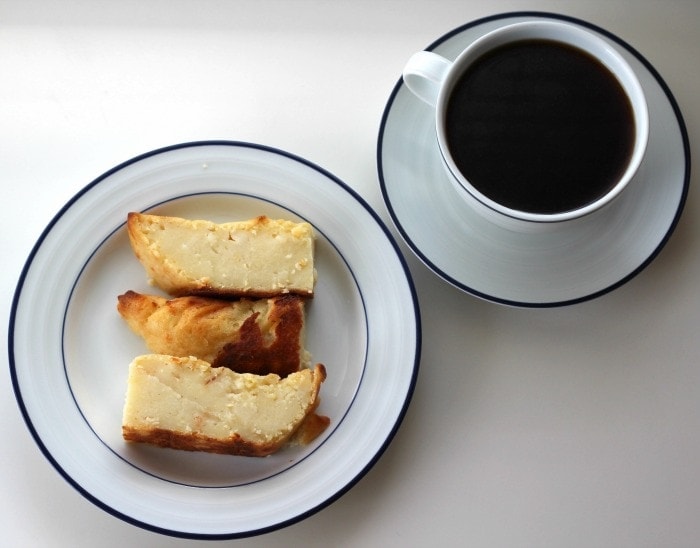
About Costa Rican Tamales de Masa
The Costa Rican tamales de masa, while eaten year-round, have a special cultural significance for Holy Week, or Semana Santa.
Holy Week is the week leading up to Easter Sunday, and it’s a very sacred time in all of Latin America. Costa Rica is no different. Schools and businesses are closed, and alcohol is not sold in stores. Many Costa Ricans spend the week at home with family and friends, attending religious processions and Catholic Mass.
Holy Week is a time to slow down, reflect, and spend time with family. These tamales take a little bit of time because you make them on the stovetop and then bake them, so the slow, lazy Holy Week is a great time to make them.
It’s also good to know that tamales de masa are baked, not boiled. They aren’t wrapped in banana leaves, and they are sweet rather than savory. The recipe does use masa dough, but milk and cheese are added for a smooth texture resembling an overboiled pudding. You then bake the masa and serve it warm.
Other popular Holy Week recipes from Costa Rica:
- Empanadas de Chiverre
- Traditional Costa Rican Coffee Recipe
- Costa Rican Tamales Recipe
- Agua Dulce Recipe
Tamales de Masa Recipe
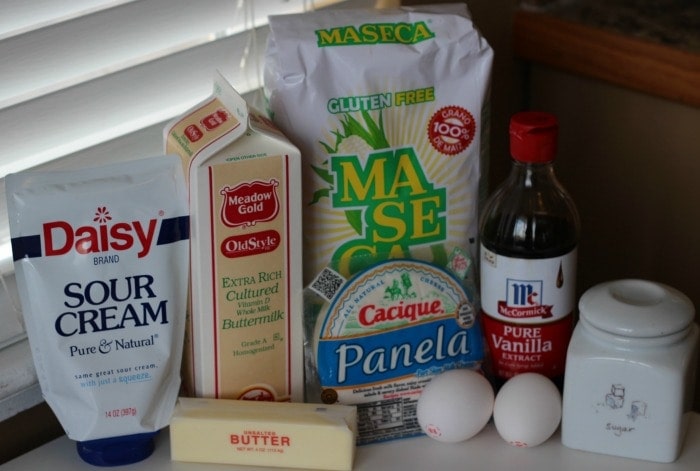
Ingredients
- Maseca
- Buttermilk (warmed to room temperature)
- shredded white cheese*
- butter
- eggs
- granulated white sugar
- sour cream**
- vanilla
- salt
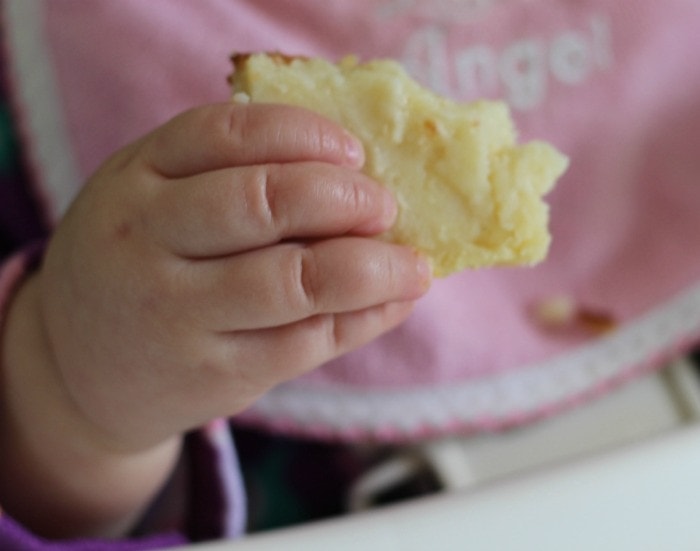
Preparation
You can combine everything in several bowls, but to save time washing dishes at the end, I do everything in the same large saucepan.
Preheat oven to 425 degrees Fahrenheit. Spray an 8 x 8 baking dish with non-stick spray, or line it with parchment paper or aluminum foil.
(This step is totally optional, but I like to spend less time scrubbing pots and more time eating delicious treats, and this definitely helps with cleanup.)
Start by shredding the cheese, beating the eggs, and melting the butter in separate areas. Set each aside.
Combine the room temperature buttermilk and the Maseca until a tamal dough is formed. This is best done with your hands! Add the rest of the ingredients to the masa mixture and stir until combined.
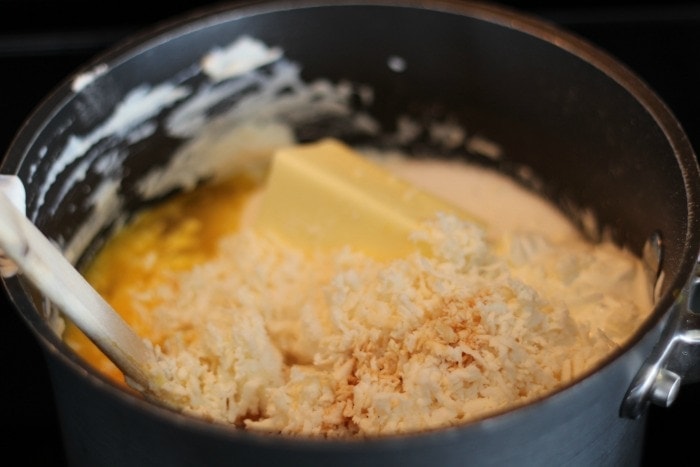
Place the pot, uncovered, on medium heat and leave, untouched, until the dough begins to boil. Remove from heat.
Warning: It´s really easy to scald this dough on the bottom of the pan. When mine burns a bit, I just scrape the top out with a spatula and discard the burned bits. You definitely have to stay on top of this step, though. I would say it takes about 15 minutes.
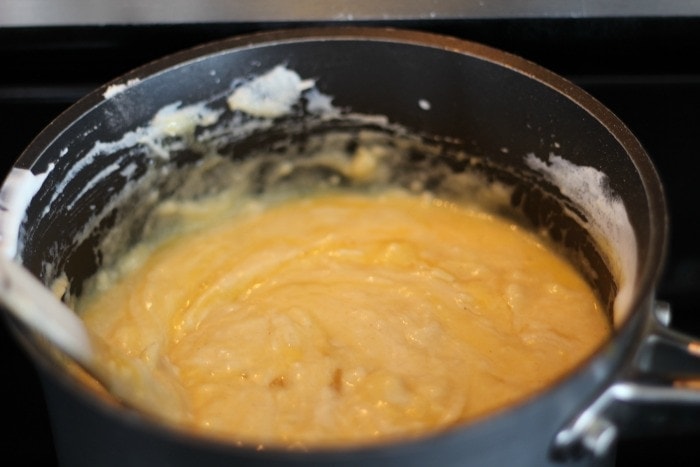
Immediately pour the dough into the baking dish and place it in the oven at 350 degrees Fahrenheit.
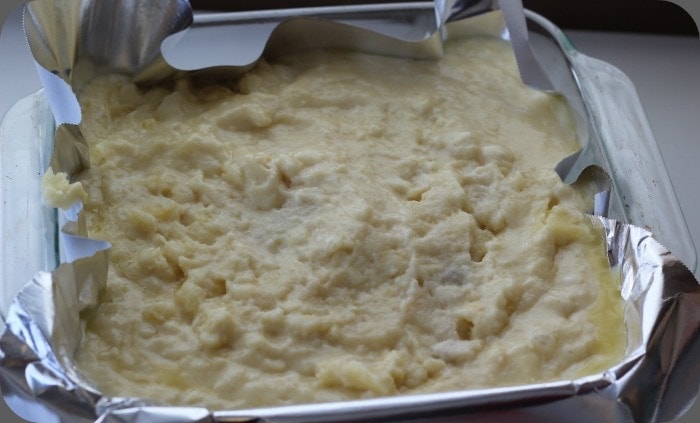
Bake for 30-40 minutes, checking every 10 minutes until done. You will know this is done when it is golden brown on top.
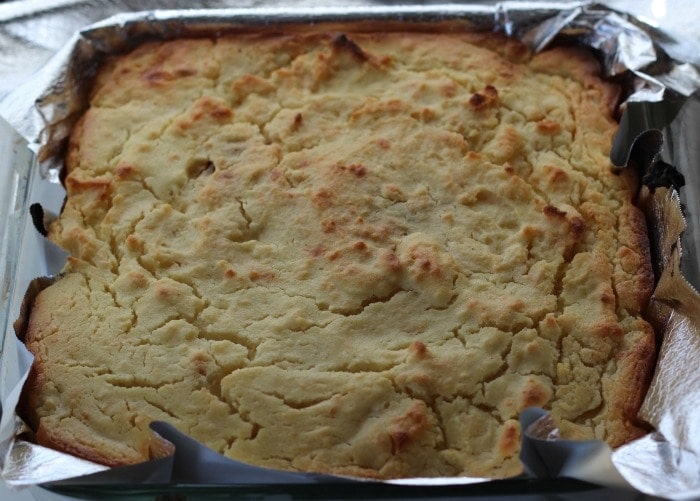
Remove from oven, and let cool completely before cutting into thick slices.
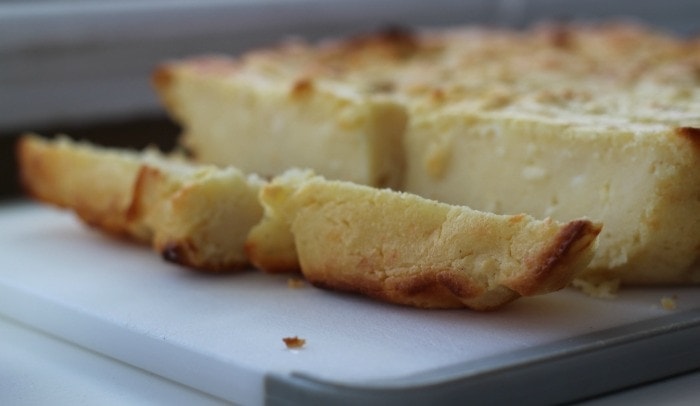
Serve with coffee, agua dulce, or other beverage of choice. ¡Buen provecho!
Substitutions
*For these tamales de masa, You can use any type of shreddable white cheese. I have found it impossible to find cheeses enough similar to the Costa Rican ones here in Colorado, but I have found that Mexican-style queso panela works well, especially because instead of shredding it’s easy to crumble.
*I use American-style sour cream in these tamales de masa because it doesn’t seem to change the taste of this particular recipe, and it’s cheaper at the grocery store. However, I’m sure you could use Mexican-style crema or Central American-style natilla as well.
Tamales de Masa- Serving Suggestions
Definitely serve with a hot drink and good company. The most popular hot drinks in Costa Rica are a cup of coffee, agua dulce, chamomile tea, and hot chocolate.
Tamales de Masa FAQ
Where can I get the Maseca?
Honestly, I find it at Walmart. You can order it on Amazon too, and most mainstream grocery stores are starting to stock it, unless you are in a pretty rural area.
How long does this tamal asado recipe keep?
Up to a week. Most Costa Ricans will just store it in a baking dish covered with tinfoil. I prefer to store it in the fridge in an airtight container and reheat in the microwave for about 20 seconds just before serving.
What is tamal asado?
Tamal asado is a baked Costa Rican dessert made of masa, sugar, cheese and sour cream. It’s slightly sweet.
Can I make tamal asado ahead?
Can I make this ahead? The dough really doesn’t keep, so I wouldn’t recommend making the dough ahead.
OTHER POSTS YOU’LL LOVE FROM PURA VIDA MOMS:
COSTA RICAN TRES LECHES RECIPE
TORTA CHILENA– THE MOST POPULAR DESSERT IN COSTA RICA
COSTA RICAN RICE PUDDING – Arroz con leche
Printable Recipe
Traditional Costa Rican Tamal de Masa Recipe

This gluten-free Costa Rican tamal de masa dessert is slightly sweet with a unique texture. Traditionally served during Holy Week and at Christmas, the Costa Rican tamal de masa is the perfect complement to a steaming hot cup of coffee or agua dulce!
Ingredients
- 2 cups Maseca (or other corn based masa)
- 3 cups Buttermilk (warmed to room temperature)
- 1 cup shredded white cheese*
- ½ stick of butter
- 2 eggs, beaten
- 1 ½ cups granulated white sugar
- ½ cup sour cream**
- 1 tablespoon vanilla
- ½ tsp salt
Instructions
- You can combine this in several bowls, but in order to save time washing dishes at the end, I do everything in the same large saucepan.
- Preheat oven to 425 degrees Fahrenheit.
- Spray an 8 x 8 baking dish with non-stick spray, or line it with parchment paper or aluminum foil. (This step is totally optional, but I like to spend less time scrubbing pots and more time eating delicious treats, and this definitely helps with cleanup.)
- Start by shredding the cheese, beating the eggs, and melting the butter. Set all aside.
- Combine the room temperature buttermilk and Maseca until a dough is formed. This is best done with your hands!
- Add the rest of the ingredients to the dough and stir until combined.
- Place the pot, uncovered, on medium heat and leave, untouched, until the dough begins to boil.
- Remove from heat.
- Warning: It´s really easy to scald this dough on the bottom of the pan. When mine burns a bit, I just scrape the top out with a spatula and discard the burned bits. You definitely have to stay on top of this step, though.
- Immediately pour the dough into the baking dish and place in the oven.
- Bake for 30-40 minutes, checking every 10 minutes until done. You will know this is done when it is golden brown on top.
- Remove from oven, and let cool completely before cutting into thick slices.
- Serve with coffee, agua dulce, or other beverage of choice. ¡Buen provecho!
Notes
*You can use any type of shred-able white cheese. I have found it impossible to find cheeses enough similar to the Costa Rican ones here in Colorado, but I have found that Mexican-style queso panela works well, especially because instead of shredding it’s easy to crumble.
*I use American-style sour cream because it doesn’t seem to change the taste of this particular recipe, and it’s cheaper at the grocery store. However, I’m sure you could use Mexican-style crema or Central American-style natilla as well.
Nutrition Information:
Yield:
24Serving Size:
1Amount Per Serving: Calories: 144Total Fat: 5gSaturated Fat: 3gTrans Fat: 0gUnsaturated Fat: 2gCholesterol: 28mgSodium: 164mgCarbohydrates: 22gFiber: 1gSugar: 14gProtein: 3g
Please check this information with your favorite nutrition calculator.
Like it? Pin it!
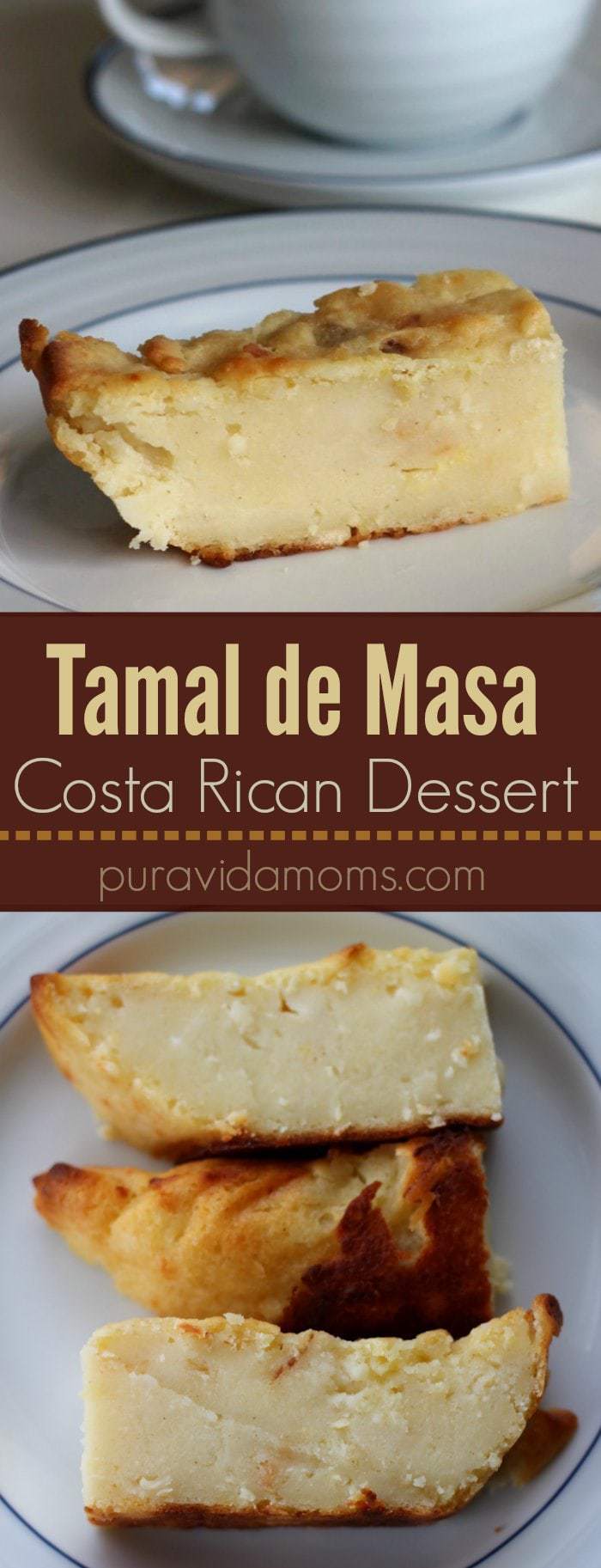

Christa Jimenez
Welcome! I’m Christa, a Spanish teacher married to a handsome Costa Rican and mother of two bilingual daughters. We’ve spent over 25 years living in and traveling to Costa Rica with our daughters, and this website is my love letter to all things Costa Rica- and to bilingual parenting too. You can read my full story here. Thanks for stopping by!

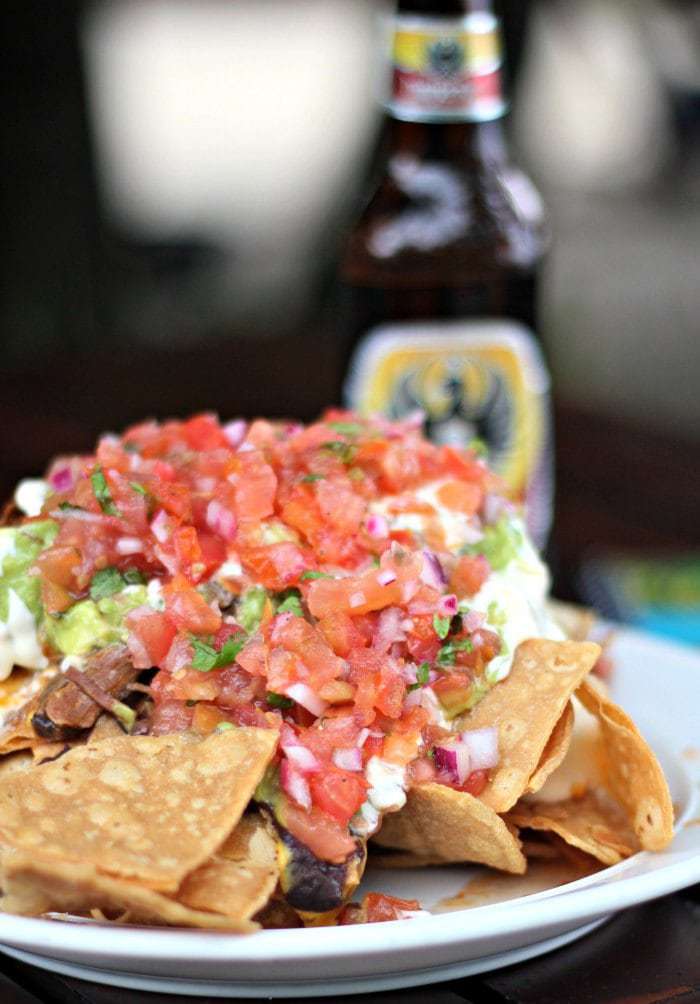
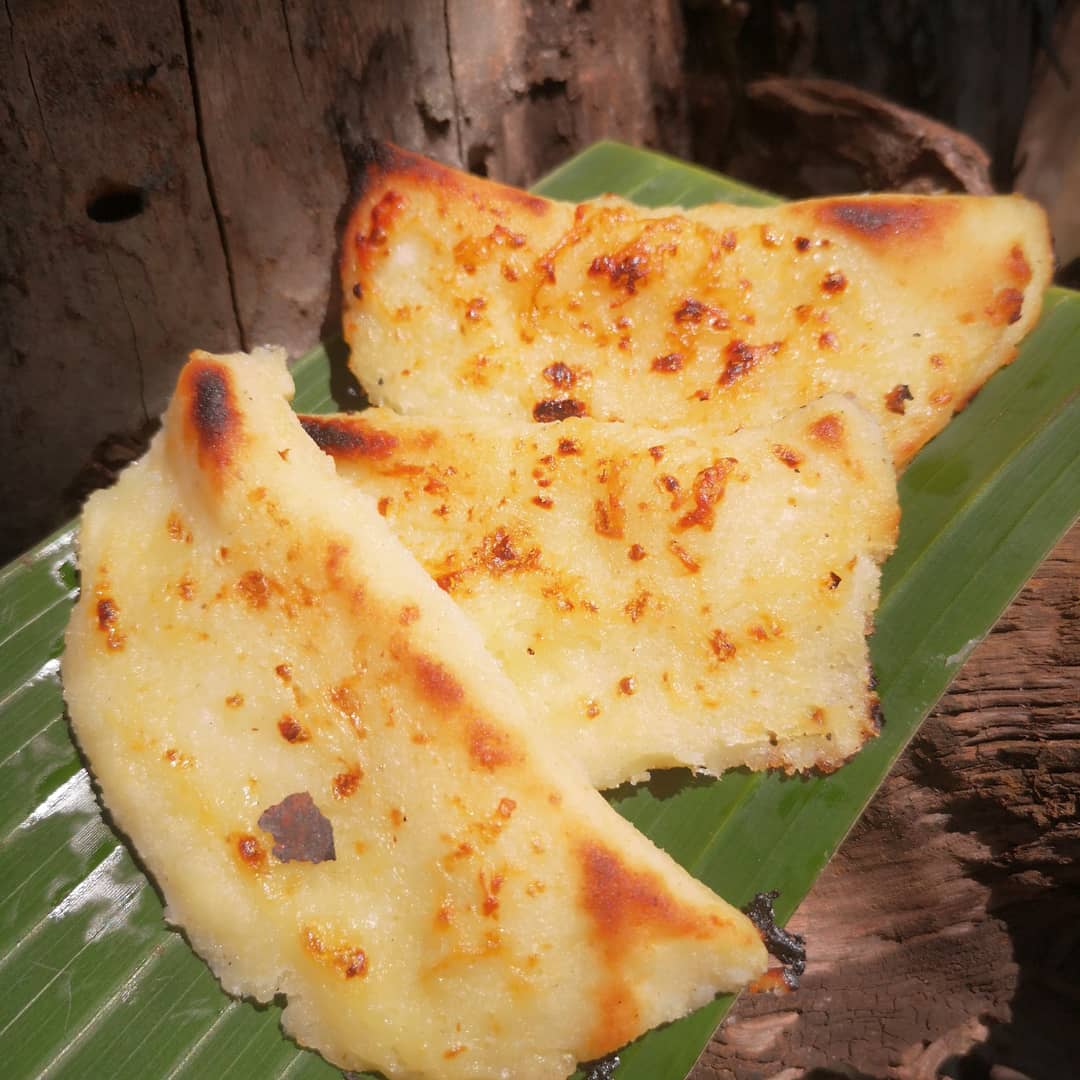
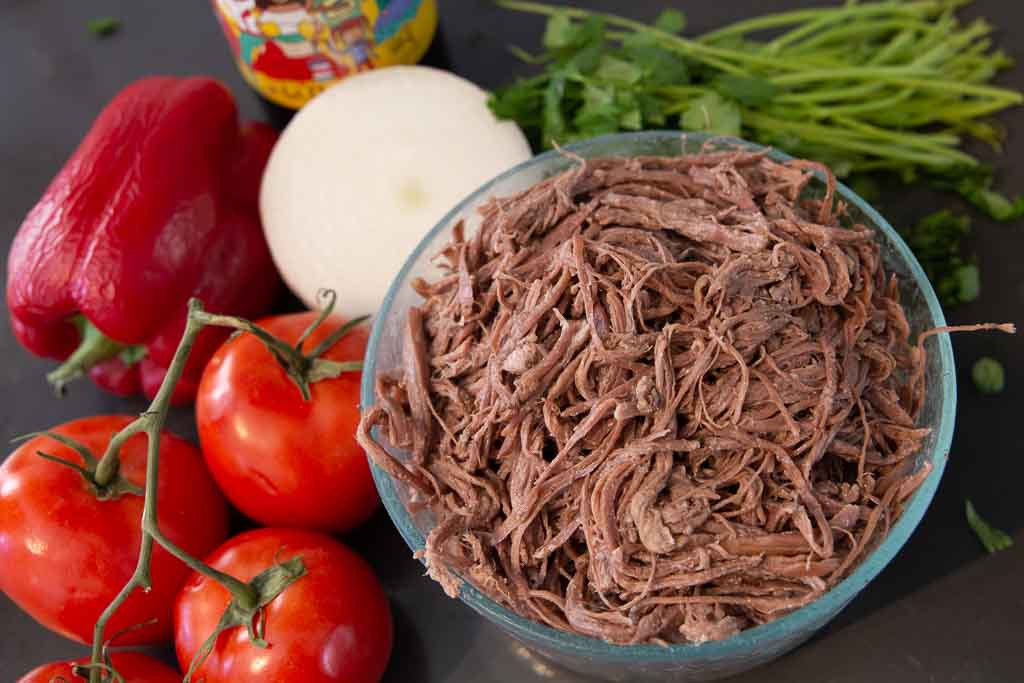
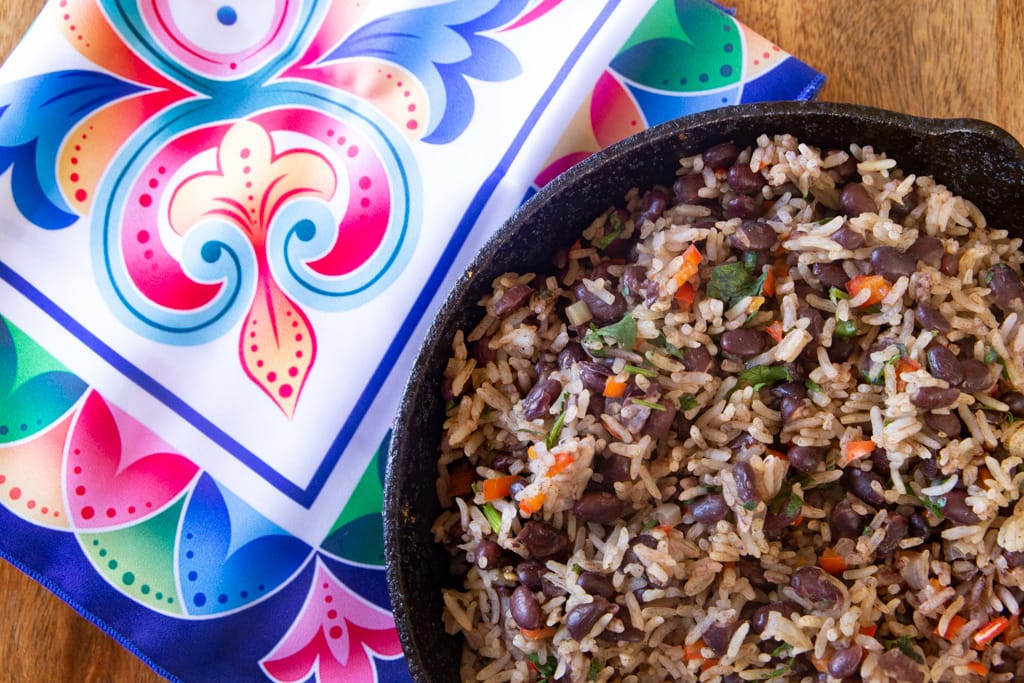
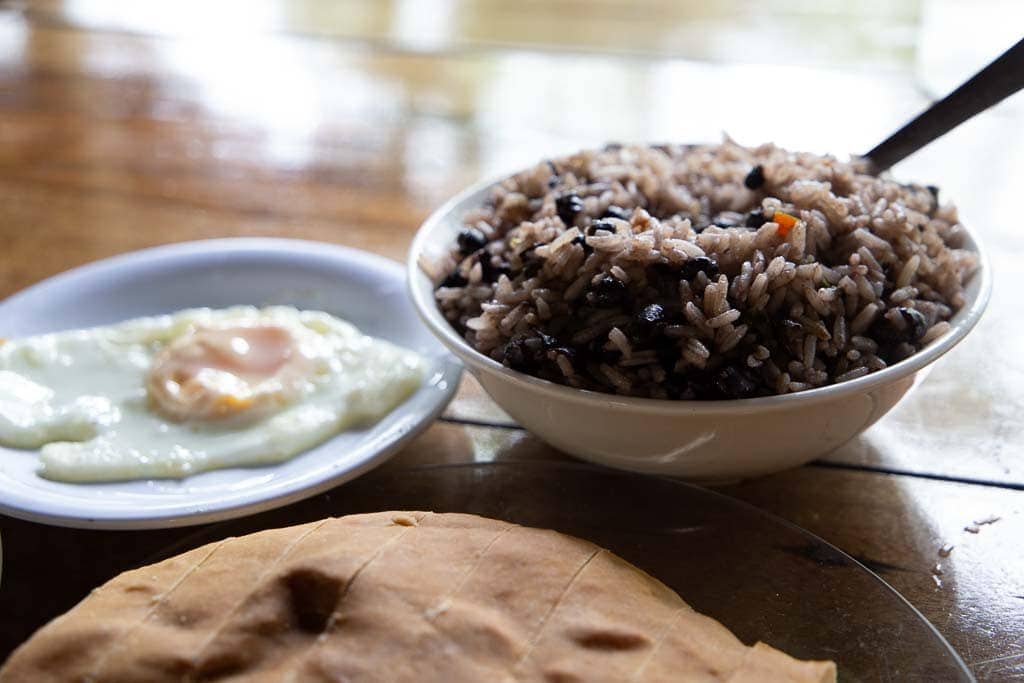
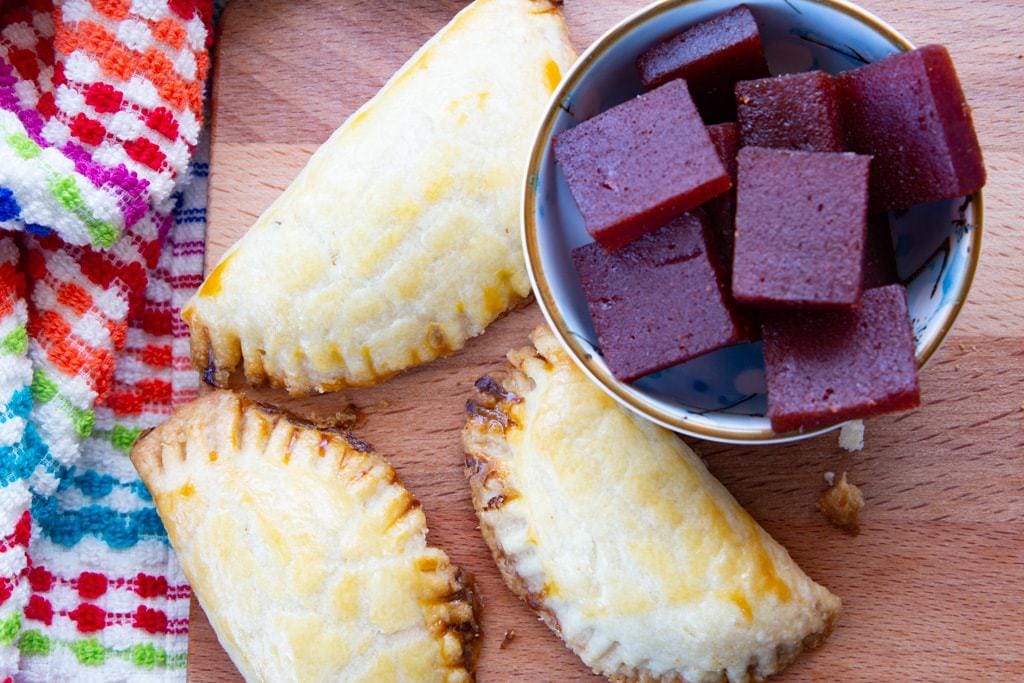

me sacaron los ojos!
¡Qué dicha Guillermo! ¡Pura vida, y gracias por visitar! ~Christa
This recipe is definitely a keeper–comfort food for sure! The only change I made, however, was in the amount of sugar. Instead of 1 1/2 cups, I reduced to 1 1/4. Thank you for sharing.
Great tip Arlyn! Pura vida! ~Christa